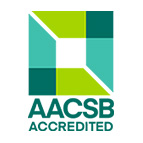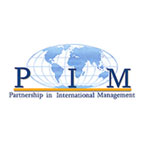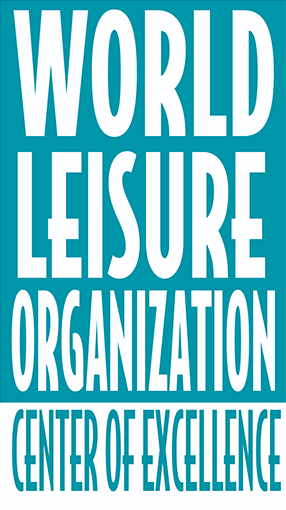Details
- Close date
- Friday, 19 February 2021
- Academic background
- Sciences, Health Sciences
- Host campus
- Christchurch
- Qualification
- Honours
- Department
- Pathology and Biomedical Science (Christchurch)
- Supervisor
- Dr Christoph Goebl
Overview
The latest therapies in cancer treatment aim to increase patient survival and decrease the side effects, and this has been mainly achieved by targeted cancer therapy and immunotherapy. The basis of these developments is a detailed understanding of the molecular mechanisms of cancers. Although treatments for various cancers have improved over the years, the average survival time is still frustratingly low. To improve current methods and improve patient treatment, we need a more detailed understanding of processes taking place in tumours.
We recently discovered that the major tumour suppressor protein p16 can form amyloids. Protein amyloids are a fibrillar protein structure that has so far mainly been studied in neurodegeneration such as in a-beta in Alzheimer's and a-synuclein in Parkinson's disease. The role of amyloids in cancer has not been investigated so far.
p16 is amongst the most mutated proteins in cancer and one of the hallmark for tumours such as melanoma and cervical cancer. We are currently studying the molecular mechanisms and consequences of amyloid formation in cancer by using a broad array of methods that covers a spectrum from cell biology to molecular structure determination and the study of cancer mutations.
Preferred student expertise
- Students from diverse backgrounds are accepted
- A strong passion for learning new methods is a plus
- There is scope within the project for following different directions depending on the interests of the student
Further information
This is one of a number of projects on offer for the 2021 intake of BBiomedSc(Hons) at the University of Otago, Christchurch campus.
- UOC BBiomedSc(Hons) website
- Dr Christoph Goebl's profile
- Centre for Free Radical Research website
-
Department of Pathology and Biomedical Science website







